How to Enhance Your Artwork to Create Interesting Featured Images
Also, taking a break from the computer screen and playing with colors is good for your mental health
I remember sitting in art class when I was a Sophomore in high school. The girl who sat near me must have been a junior or a senior. She was one of those girls you meet every now and then who just exudes kindness.
I was pretty shy and I wasn’t about to pester her, but it was frankly a delight just to be in her presence. Towards the end of the year, people at our table started commenting on whether we’d be taking art the next year.
With every paid subscriber, an angel gets his/her wings. Upgrade at 30% off
Our school only offered two art classes “drawing” and “painting” or something like that. The art show tended to be a collection of paintings of white tail deer, and something weird that I’d created. It was kind of hilarious actually.
I’d taken both of the offered art classes, so I hadn’t signed up for art the next year. I admitted that to the group with a shrug.
Immediately, the pretty upperclassman looked at me with an expression of sincere remorse, “You’re not taking art next year? But you’re so good!” she said. I was so stunned by her reaction that I don’t think I managed to respond.
Every now and then you look into the eyes of a near stranger and feel such an intense connection that it stays with you forever. At that moment, she conveyed that she considered it tragic that I wouldn’t be in art next year. What a lovely feeling that was. What a lovely compliment.
A few months ago, I read a couple articles about writers getting sued for using various “free use” images. Most of those articles turned out to be vast overstatements of the real danger (the articles scared everyone and made a ton of money for the author). Nevertheless, I decided to use more of my own photos and images in my stories going forward.
I’ve seen a slight uptick in traffic, so people seem to like it.
This article is a brief overview of what I’ve been doing lately, I hope it will inspire you to try new things and get more out of your own artwork.
The old days of newspapers with comic strips
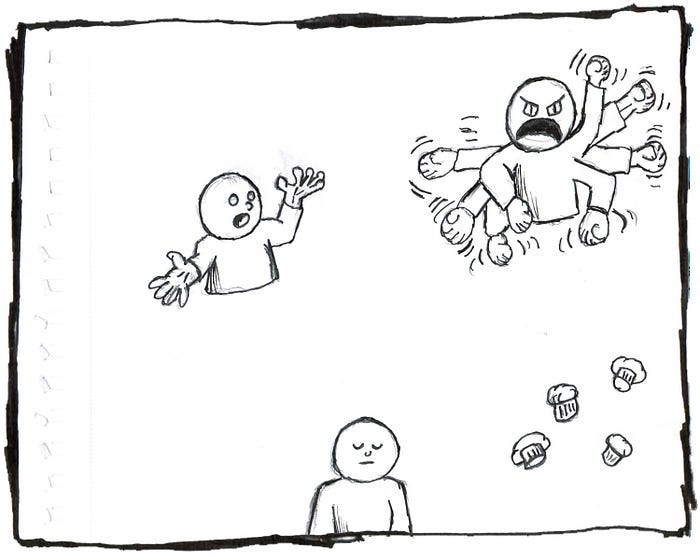
I think that people prefer to see a little sketch at the top of an article. Doodles, even bad doodles, are more personal than photos. Plus, everybody uses the same photos anyway.
I think you can tell some things about people by the way they draw. For example, I like to draw rounded, pudgy figures. I like bright colors. I think there’s something pacifying about watercolors.
When I was growing up, I used to read the comic page of the newspaper every day. It’s a shame that doesn’t really exist anymore. We used to go straight to ‘Calvin and Hobbes’ or ‘The Far Side,’ then we’d pass them around if we happened to get a good one that day.
Heck, we’d even talk about them in school. If other kids hadn’t seen the comic, you could tell the joke. I was always proud to provoke a good laugh in the school yard before the bell rang.
To this day, I read a few pages of ‘Calvin and Hobbes’ for my girls before they go to sleep. My daughters and I even sit down to recreate the panels we like in watercolor. I’ve framed them and they’re hanging in their bedroom. I like that my girls can glance up and look at those bright pictures that feature childhood exuberance and affection and imagination.
Creating simple cartoons
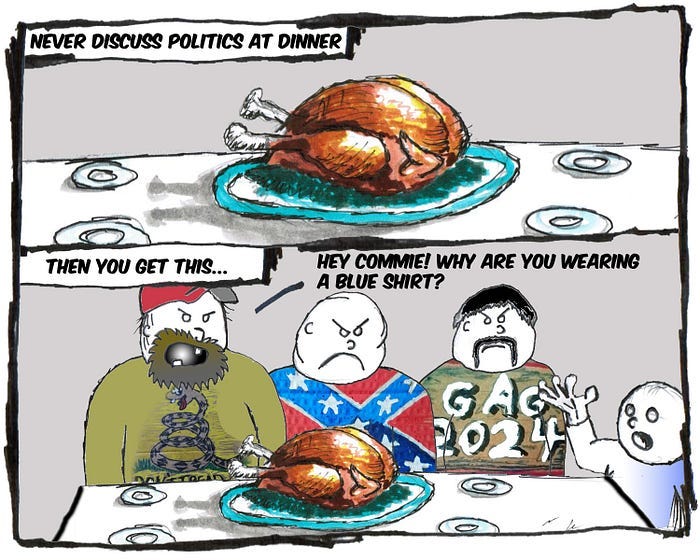
Actually, as I sit here writing this, it occurs to me that this article is about to become more complicated than I intended.
Let me start with a quick list of the art supplies (and programs) I have within easy reach.
Photoshop
Lightroom
Paint
Scanner (or just take a picture with your phone and manipulate that)
Acrylic pens (these are awesome)
Pencils (for sketching)
A huge bag of ink pens
Crayons
Tracing light tablet
Watercolors
Brushes
Markers
Notebooks
You don’t need to have all of these things. There’s a lot of overlap. Heck, if you do nothing more than enhance your pictures with filters (and add borders) on your phone you’ll be way ahead of the game.
Anyone can do that. I’m serious. Just download a photo app. You can probably even find a free one.
To be honest, adding a vignette then a border is about 90% of image enhancement. But let me go through some of the fun things you can do with the items in the above list.
Photoshop
You could write a hundred articles just about Photoshop, but the purpose of this article is to provide an overview. I’ll try to keep it as simple as possible.
Use Photoshop for:
Layers
Adding text
Layers are awesome. Think of them like stacking up pieces of glass with different images on them. That allows you to move images around so they overlap, or you can resize them, or you can do basically whatever you want. When you’re done, you flatten the layers into one image.
The above image has 7 layers. They are: background, cat image, text bubble image, three text layers, border layer.
I think the best way to learn photoshop is to just sit around and play with it. I set it up for my 10 year old daughter the other day and she had a blast. I just left the room and let her work. Every now and then she’d say, “Daddy, how do I…” Then I’d come and show her.
If you don’t have a daddy around to help, do a YouTube tutorial. But actually, if you open it up and start experimenting, you’ll be amazed at what you can create.
I am by no means an expert at Photoshop. The people who are really good at it can recreate Renaissance era paintings. Photoshop is a powerful, powerful tool. But don’t be intimidated. Just play around with it. Think of it like a toy.
Lightroom
Mainly people think of lightroom for enhancing their photos, but you can also use it to enhance your sketches. Lightroom doesn’t know the difference between a photograph and a scan of a sketch.
There’s a lot of overlap between Photoshop and Lightroom, but if I had to pick between the two of them, I’d probably pick Photoshop for general use. I’m glad I have lightroom, however, because it really helps you get the most out of your photos and images.
If you run a sketch through lightroom you can draw out texture in the paper and things like that. I do it all the time. The difference between me and an expert is that an expert acts deliberately and gets what she wants. As for me, I just play around until I come up with something I can live with (the above image needs to be lighter by the way, I did that one years ago).
The original version of the watercolor painting I used as a featured image for this article looked like this:
Then I cranked up the colors in Lightroom and got this:
We don’t have to have a debate about which image is better. I write a lot of articles. I need a lot of images.
Heck, sometimes I’ll jump back over to Photoshop, invert the colors, and get something this:
Boom, new image for a new article (obviously, you can do better, but this gives you an idea). You can zoom in on sections too. There are all kinds of things you can do with these programs.
I invert the colors on various layers all the time. I swap out the background. I add new text (all of this is back to Photoshop, don’t be confused that this discussion is in the Lightroom section). Give people something new and different to look at.
Almost all of my images end up in Lightroom after I get done with them in Photoshop. It’s just another option to play around with them some more. It’s like adding a coat of varnish.
Paint
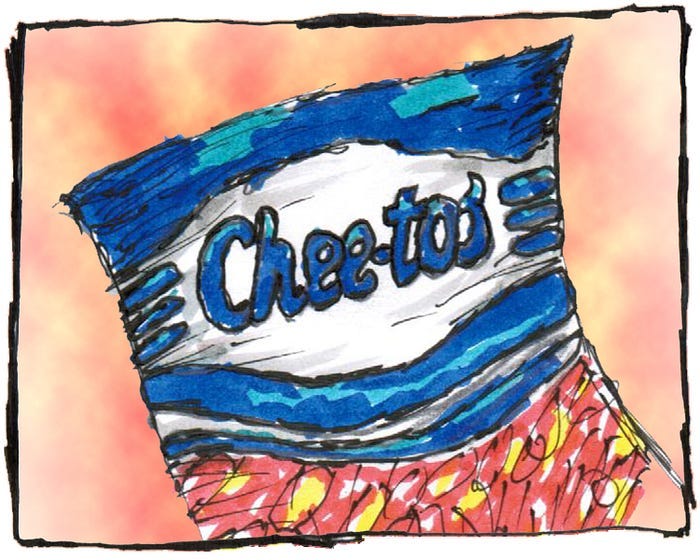
You know the paint program that comes on every computer ever? I like to use that to resize images. That tool is like a hammer. There’s nothing sexy about it, but you need it almost every day.
Lightroom has a really nice tool for twisting and cropping photos (so you can get the horizon line to be straight… it makes a difference).
Paint allows you to resize your images from 4500 pixels wide to 1500… so it will load faster. Is that still a concern?
In my first online editing job I got chewed out for loading up pictures that were too big, took up all the memory, and took too long to load. That’s why I usually jump into paint and size images down. You can do that in Photoshop too, but it’s just easier in Paint.
Scanner
Scanners are what you use to convert your images to a digital format. They work great. If you don’t have one, use the camera on your phone. I’d use my scanner more often, but sometimes I can’t be bothered to reach over and turn it on.
Once you load a picture into Photoshop, Photoshop treats it like any other image.
I think sometimes people are afraid to use their devices in a way other than intended. You aren’t breaking any laws. Play around people. This is fun!
Acrylic Pens
My house is filled with cardboard boxes. About six months ago, I started doing sketches on the boxes with acrylic pens. It comes out kind of cool I think.
Here’s the acrylic pens I use (I’ve got all sorts of other pens mixed in that box):
I think they’re great for internet images because you’ve got to think in terms of the thumbnail. Acrylic pens allow you to use big blocks of color that show up well even when they’re reduced in size.
The advantage of acrylic pens is that they leave a big, thick, line of paint. A marker is great on white, but the line is always kind of watery and transparent. Acrylic pens let you lay down some color. You can’t really draw on a piece of brown cardboard with a marker.
Once you have the background image, you can throw it into Photoshop and it can be the background for a variety of illustrations.
I’ve got all these acrylic sketches on cardboard cluttering up my office. I was thinking I could send them to my referred members and email subscribers as a kind of thank you (because I appreciate all you guys).
Maybe that’s a silly idea, but I’d prefer to do something with them rather than just throw them away. A lot of them are kind of aggressive though… a lot of my writing is designed to provoke.
If you want one, reach out. I think I left my email around here somewhere…
Sketching
Come to think of it, I probably should have started here. The above image was for a cartoon I’m thinking of drawing. I’m doing a cartoon version of the family dog. My daughters will be in it too, I figured out how they would look on the next page (this page contains my early failures… the dog looks okay though).
Most of what I do starts out with a light pencil sketch. Then I either color it, let it dry, then ink, or I just ink it and add color in Photoshop.
You can get all kinds of cool ink pens. There are some that have a wide brush tip, to some that have very precise tips for tiny lines. I most often use .7mm pens that I got at the dollar store (you don’t have to spend a lot of money on this).
It’s actually pretty stunning how you can take a mediocre sketch, color it in with watercolor, enhance the outlines in black ink, and you end up with something that looks pretty nice.
In my bullet point list up above I mentioned a bunch of different art supplies. Really, just get yourself a basic art set. You want Acrylic paint, Watercolor paint, brushes, and whatnot. Don’t bother with oils.
Crayons
The reason I want to pivot to crayons is that everybody totally underestimates them. Crayons are great and they teach you the most basic thing you need to know about coloring anything.
Want to know what it is?
Go from light to dark!
I find it really relaxing to sit and hammer something out in crayon. It makes you look at the world differently. What you do is you grab the white crayon first and rub the highlights down on the paper. Then go with a little lighter color and gradually fill in your image.
I’ll often grab the white crayon again and try to blend the colors (there’s minimal blending in crayon, but you get a little).
The last crayon you pick up should be black. This applies to anything whether you’re working with crayons or oil paints or watercolor markers. It’s just easier not to screw up with crayons.
The next time your kids break out some crayons, do yourself a favor and sit down and sketch with them. It’s super fun. Then take the image and enhance it in lightroom, add some dialogue bubbles in Photoshop, and use it as the featured image on your next article.
Get a tracing light tablet
In art class back in high school, we used to trace our images by putting them up against the window. These days I use a tracing light tablet.
All it does is light up white so you can trace an image. It’s got a plastic surface that’s easy to draw on. Tracing tablets work great and this is a terrific way to improve your sketching. It gives you an idea of what lines to follow. You can even indicate shaded areas.
I might yet work with this to get a better sketch version of my dog. You don’t have to trace exactly either. You can make exaggerated lines for the sake of creating a more comical image.
Again, you can do whatever you want. This is supposed to be fun.
You need to switch off your computer at about 10AM
I find I’m a lot more productive when I give myself a couple of breaks from staring at a screen. Computer screens get your eyes and mind all mixed up. Be kind to yourself.
I’m pretty sure I could spend all day putting paint to paper and never suffer any ill effects. Sketching is the same way. Doing any form of artwork shakes the rust off the various creative corners of your mind.
I’m guessing that if you add more of your personal artwork to your articles you’ll get more views, you’ll get more articles done, and you’ll feel better about yourself.
You don’t have to be a great artist. There are plenty of programs and art supplies out there to help you enhance your work. Even if you don’t produce anything you feel you want to share, you’ll still get the benefits that come from expressing yourself creatively.
We spend too much of our lives looking at poorly rendered images on tiny screens. Break out some crayons and look at some color! You’ll thank me!
“I'd rather Be Writing” exists because of your generous support. If you have the means please consider upgrading to a paid sponsorship. I have payment tiers starting at as little as twenty dollars a year. I'm so happy you're here, and I'm looking forward to sharing more thoughts with you tomorrow.
My CoSchedule referral link
Here’s my referral link to my preferred headline analyzer tool. If you sign up through this, it’s another way to support this newsletter (thank you).


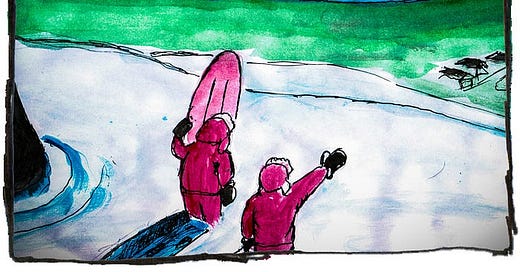



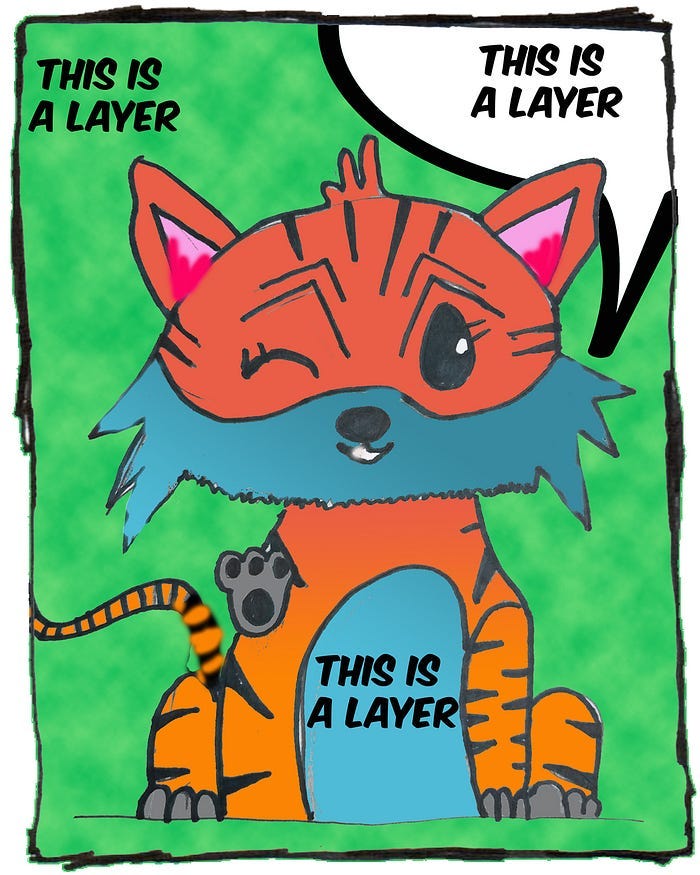
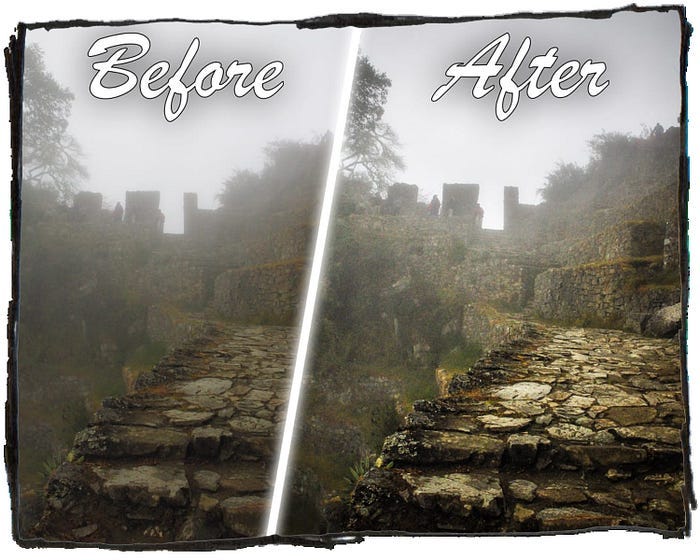
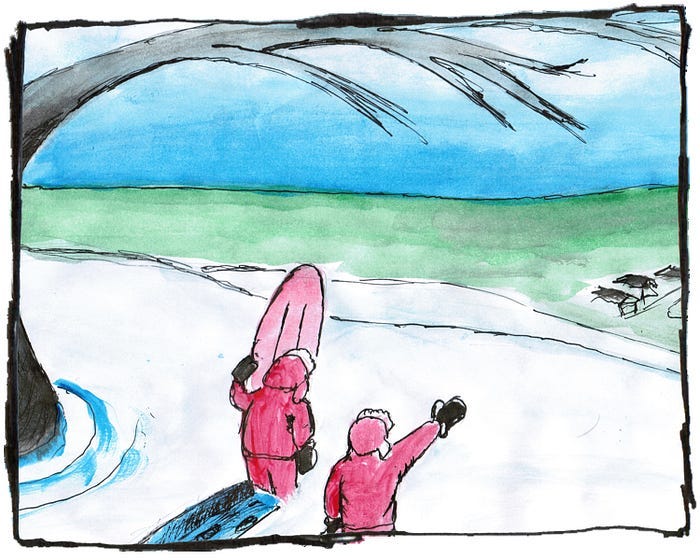
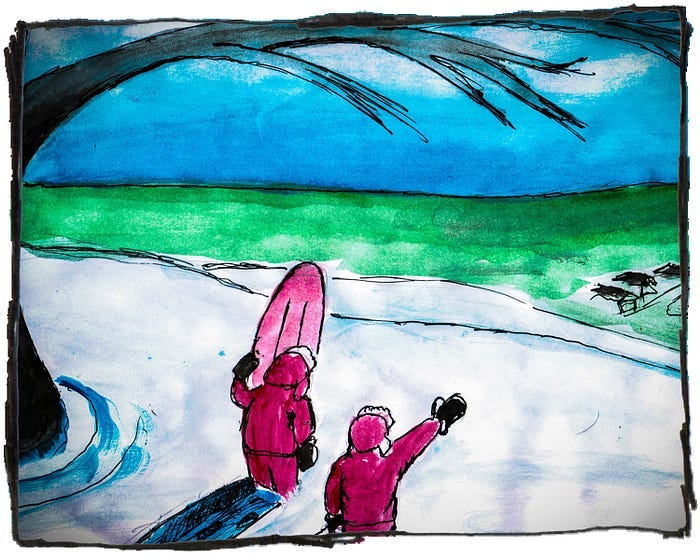
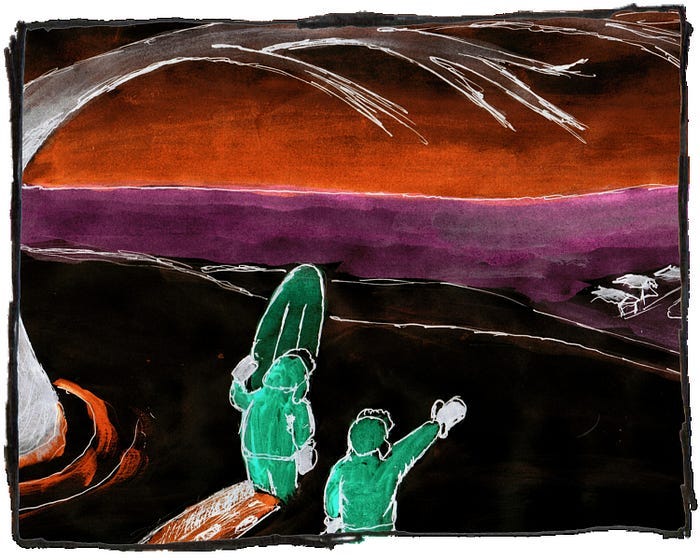

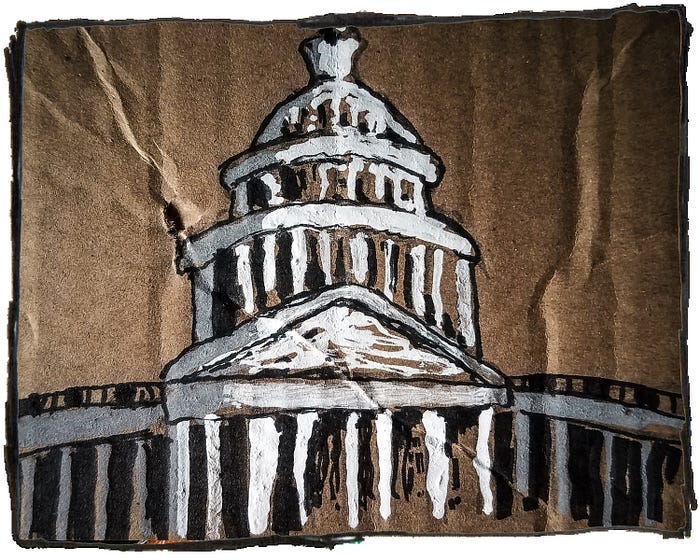
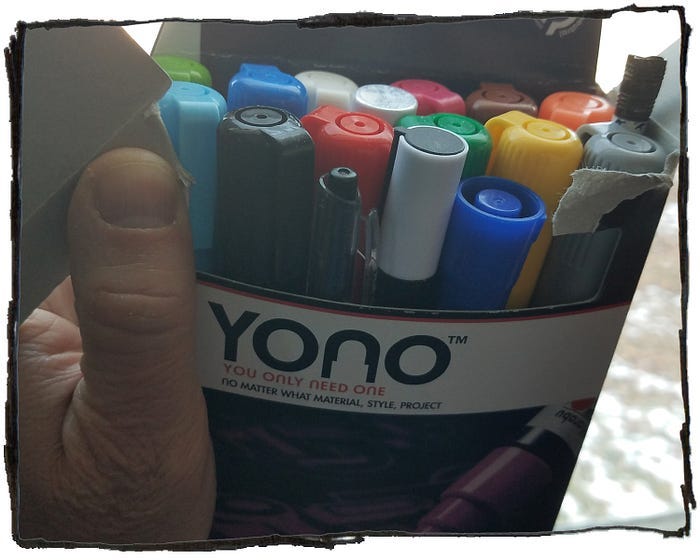
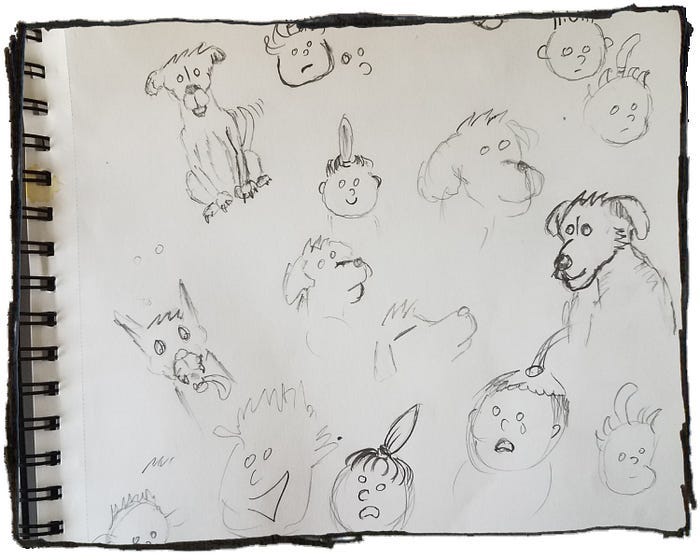
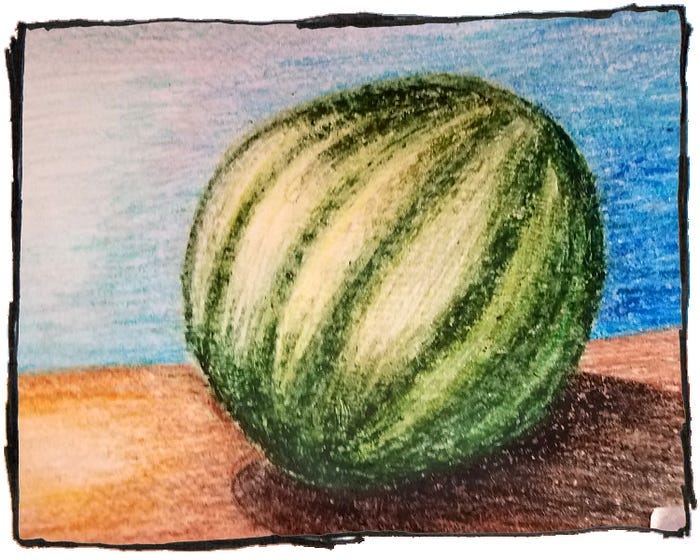
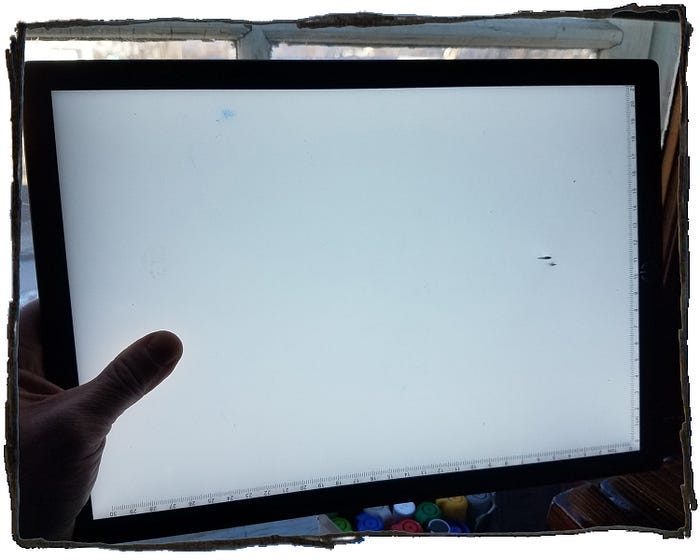
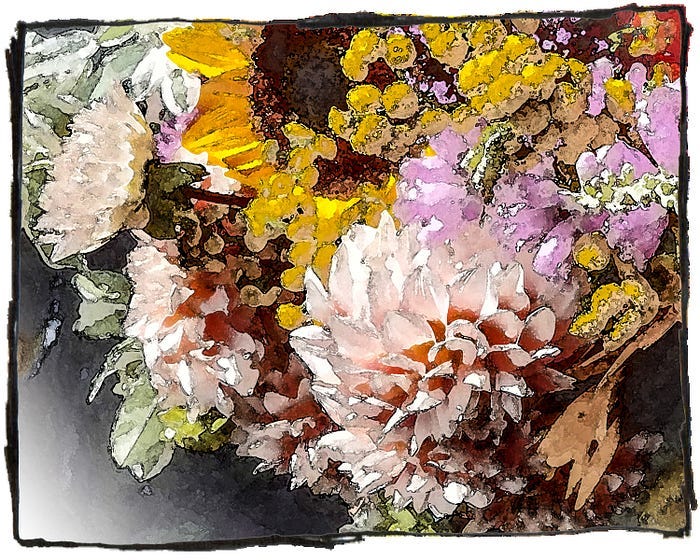
They say coloring is one of the best ways to calm your nerves, no joke. I used to work with Autistic children, and whenever they would get wired we would break out the Play-Dough and crayons for them to color. It does wonders. My partner Carlos sometimes does this when upset about something, just to calm down. Well-written piece as always, Mr. Walter. Hope you have a great day. :) :)
Walter, thanks for the complete change of scenery, so to speak. I have so many "aspirational" art supplies in my house. Your article is a nice reminder to pull them out and use them.